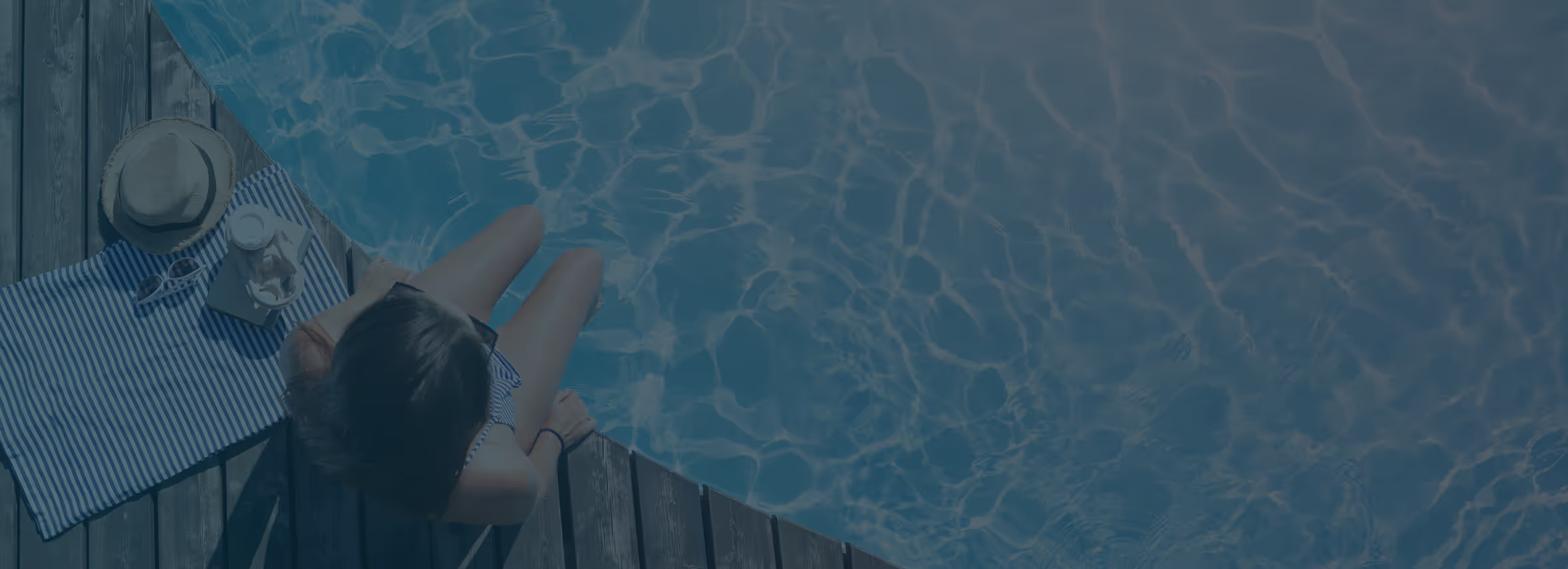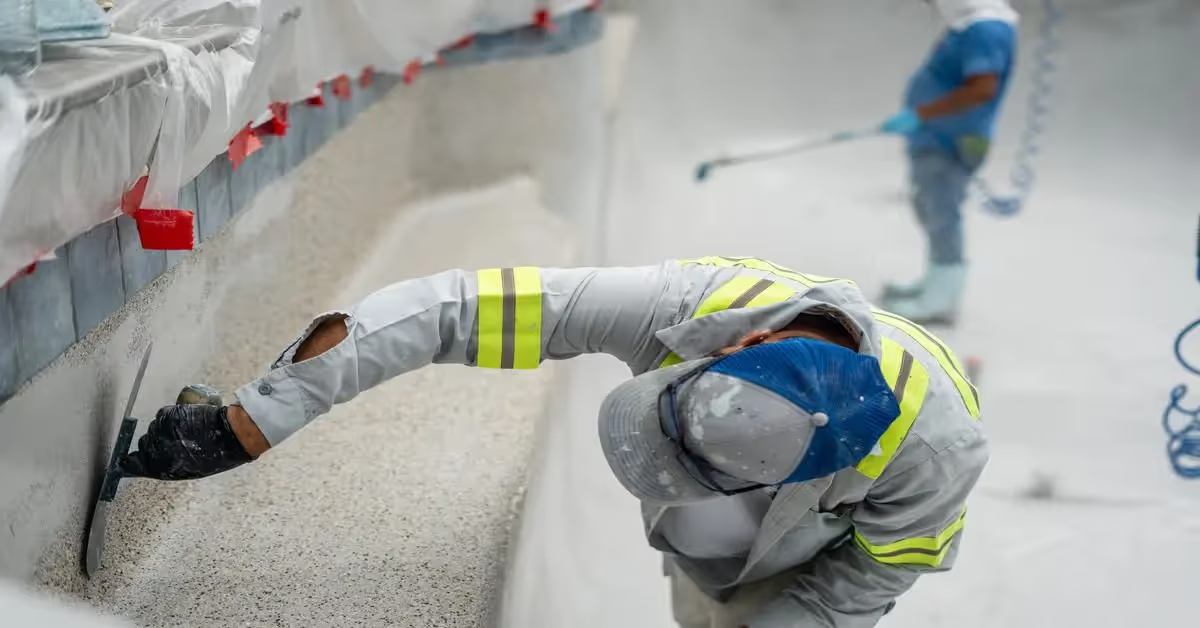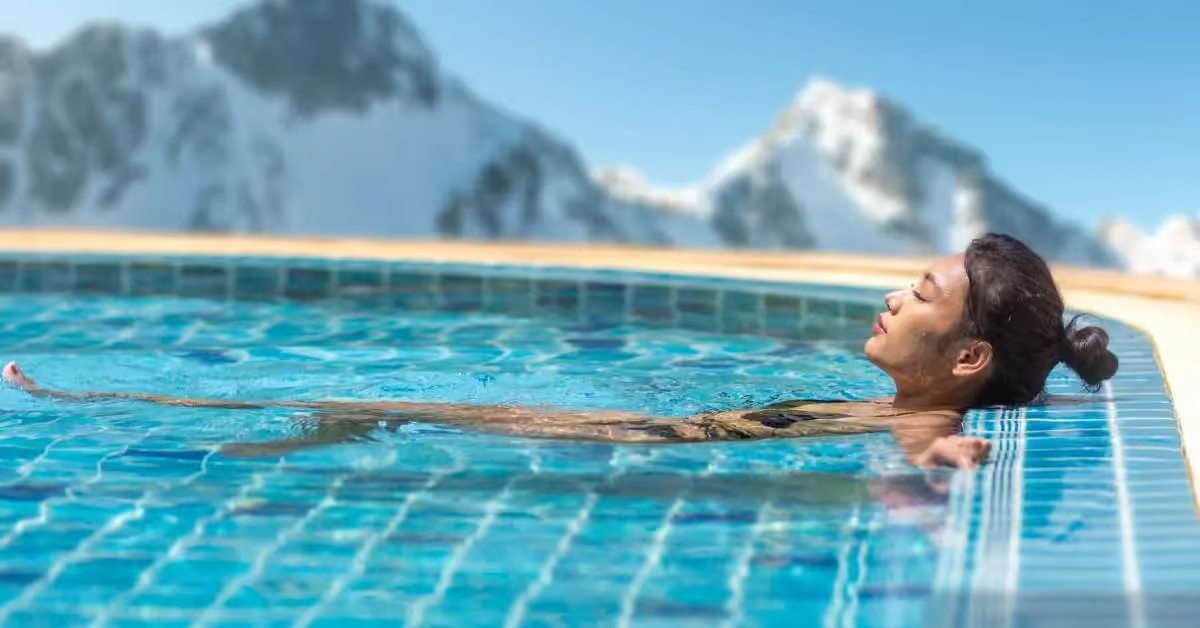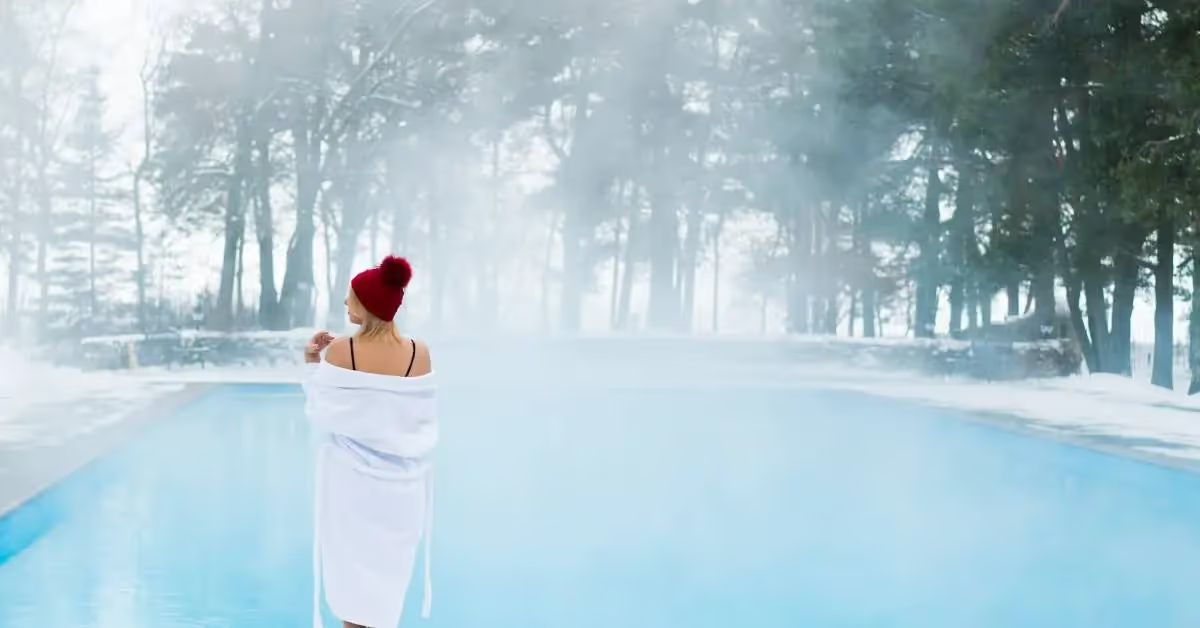Important Safety Considerations for Backyard Pools
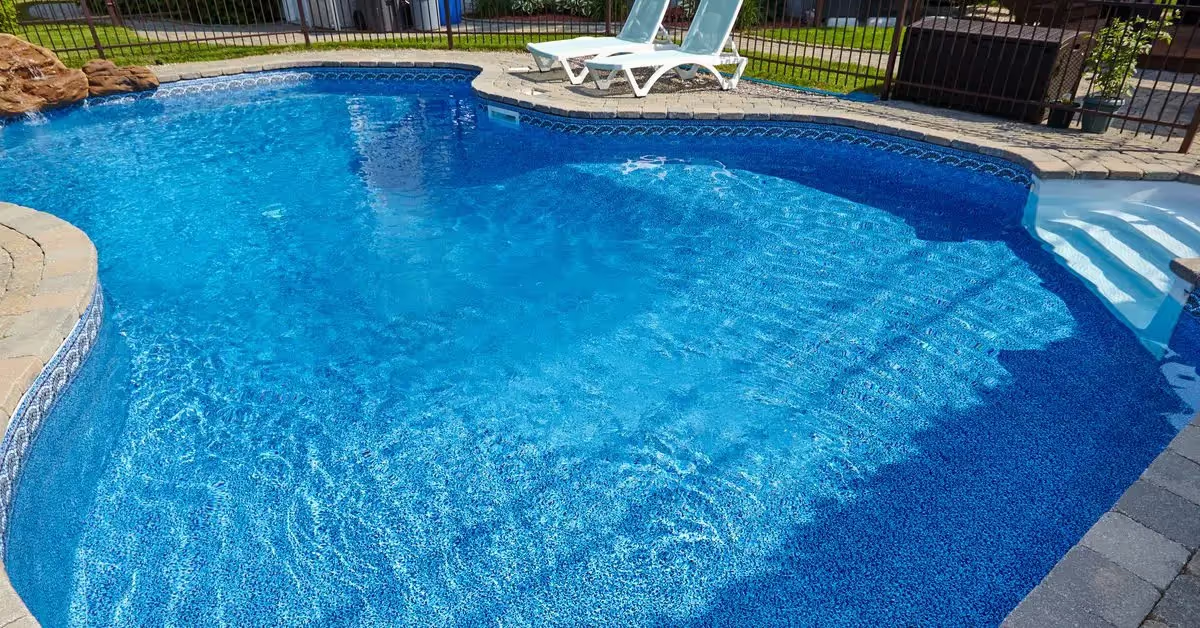
Backyard pools are fantastic additions to any home, offering endless fun and an excellent way to cool off during those hot Utah summers. However, you must consider the safety aspects of owning a pool. By addressing various safety concerns, you can ensure the pool remains safe for everyone. Today, let’s discuss important safety considerations for backyard pools.
Understanding the Risks
Drowning is the most significant risk associated with owning a backyard pool, particularly for young children who can slip into the water unnoticed. Slips and falls on the pool deck are other common accidents that can occur, leading to injuries ranging from cuts to head trauma. Additionally, electrical hazards can pose a serious threat if you don’t properly install and maintain pool equipment.
Vulnerable Populations
Children are particularly at risk around pools due to their curiosity and lack of awareness about water dangers. A child can drown in only a few inches of water, making constant supervision essential. Set up barriers to prevent unsupervised access to the pool.
Furthermore, older adults face risks around pools, including slips, falls, and difficulty entering and exiting the pool. Installing non-slip surfaces and easy-to-use pool ladders can mitigate these risks.
Lastly, pets can fall into pools or face difficulties getting out. You should consider their safety by using barriers and providing exit ramps to help them exit the pool if they accidentally fall in.
Physical Safety Features
Installing physical safety features around your pool is important. Start with fencing and barriers as the first line of defense. Many jurisdictions in Utah mandate pool fencing, so comply with these laws to avoid legal and financial repercussions.
You can choose from various types of fences, including mesh, glass, and wood. Mesh fences are flexible and easy to install, while glass fences offer an unobstructed view but come at a higher price. Wood fences provide privacy but require maintenance to prevent rot and warping.
Pool covers also support safety. Automatic covers are convenient, allowing you to cover the pool with the push of a button. Your oasis will remain covered when not in use. Although manual covers are less expensive, they require effort to deploy and remove. Both types prevent accidental falls into the pool and help to maintain water cleanliness.
Adding alarms and sensors provides an extra layer of protection. Gate alarms can alert you if someone (i.e., your children) enters the pool area unsupervised. Surface wave detectors sense disturbances on the water’s surface, and underwater motion sensors detect movement below the waterline.
Additionally, using non-slip surfaces around the pool area can reduce the risk of slips and falls. Consider textured concrete, rubber mats, and non-slip tiles to enhance traction and make the pool area safer for everyone.
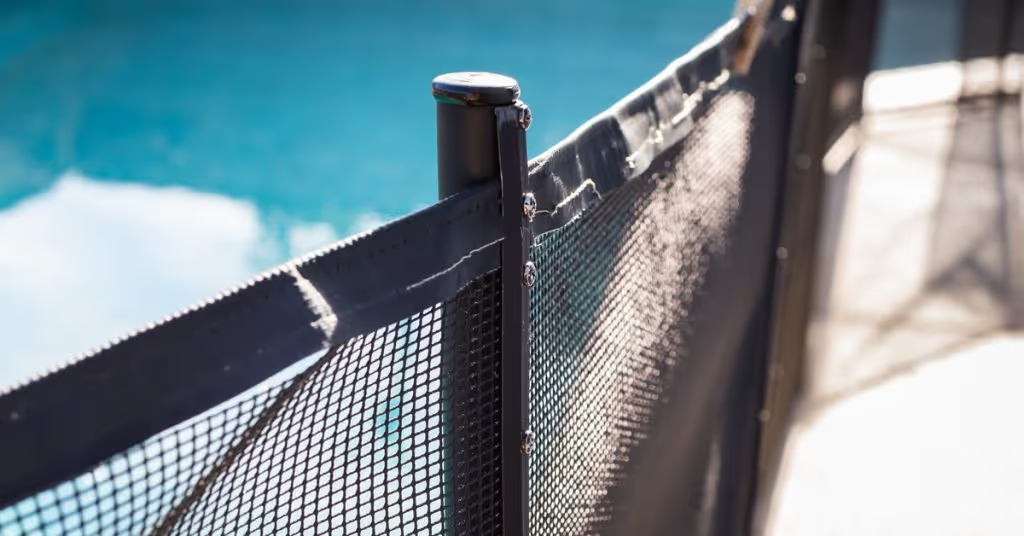
Supervision and Monitoring
Constant supervision is an effective way to prevent accidents in and around the pool. On those leisurely days when the whole family is enjoying the pool, designate a responsible adult to watch the area. Supervision involves scanning the water continuously, keeping a cell phone nearby for emergencies, and knowing CPR in case of a drowning incident.
Technology Aids
Technology can assist in pool monitoring, providing you peace of mind. Cameras and monitoring systems allow you to keep an eye on the pool area from anywhere, while smartphone apps can alert you to unusual activity. These tools can complement traditional supervision methods, enhancing the overall safety of your backyard swimming pool.
Safety Equipment and Training
Stocking up on lifesaving gear is another important safety consideration for backyard pools. You’ll need items like life vests, flotation devices, pool hooks, and reaching poles. Place them strategically around the pool area for easy access, and regularly check them to ensure they are in good condition.
Additionally, keep a well-stocked first aid kit near the pool in a waterproof container to protect it from the elements and pool water. Include bandages, antiseptics, tweezers, scissors, and a CPR breathing barrier.
Consider getting certified in CPR and first aid. This knowledge is lifesaving in an emergency, allowing you to act quickly and potentially save lives! The American Red Cross offers certification courses that provide the skills and confidence to handle emergencies.
Water Quality and Maintenance
Maintaining the chemical balance of your pool is essential for the health and safety of anyone who swims in it. Imbalanced chemicals can cause skin irritation, eye discomfort, and respiratory issues. Regularly testing and adjusting the pH and chemical levels keeps the water safe and pleasant for swimmers.
Regular cleaning is also vital for pool safety. Skimming the surface to remove debris, vacuuming the floor, and brushing the walls prevent algae growth and maintain water clarity. Establishing a routine cleaning schedule ensures the pool remains a safe and inviting place for users.
Seasonal maintenance includes winterizing the pool to protect it during cold months and preparing it for reopening in the spring. Winterizing involves balancing the chemicals, draining water from pipes to prevent freezing, and covering the pool. When reopening, thoroughly clean the pool, check all equipment, and adjust chemical levels before use.
Educating Pool Users
Establishing clear pool rules can prevent accidents and ensure everyone enjoys the pool safely. Examples include no running and no diving in shallow areas. You might also tell your kids to always swim with a buddy.
Professional instruction helps swimmers of all ages develop the skills and confidence they need to stay safe in the water. Local community centers, swimming schools, and organizations like the YMCA offer lessons for various age groups and skill levels.
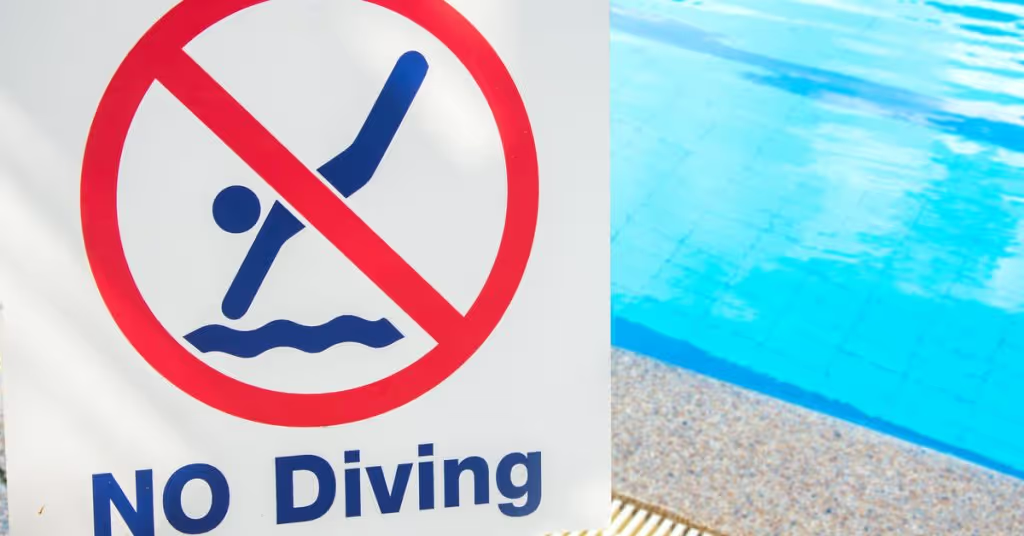
Emergency Procedures
Establishing an emergency action plan is essential for quick and effective responses to accidents. Here’s an example for your backyard pool:
- Assess the situation. Quickly scan the area to identify the type and severity of the emergency.
- Call for help. Dial 911 immediately if the situation is life-threatening or requires medical assistance. Prepare a list of local emergency contacts, including neighbors and family members.
- If you’re dealing with a drowning incident, remove the person from the water by using a pool hook or floatation device. If you are trained in CPR and the victim is unresponsive and not breathing, begin administering CPR.
- Instruct everyone to exit the pool to prevent further accidents. Also, close off the pool area to prevent anyone from entering until the situation is under control.
Conclusion
Safety is the foundation of enjoying your backyard pool. By understanding potential risks and adding safety features, you’ll create a secure environment for swimmers of all ages.
If you’re looking for a well-built pool that prioritizes safety, Utah pool builders like Odyssey Pools can design and install a swimming pool that meets your standards. Contact our team today to discuss your needs!
Transform Your Backyard Today
Contact Odyssey Pools now to create the luxurious pool of your dreams. Let's get started!
